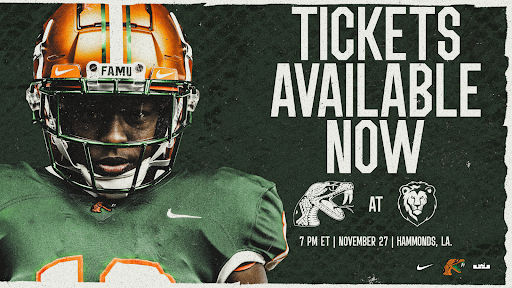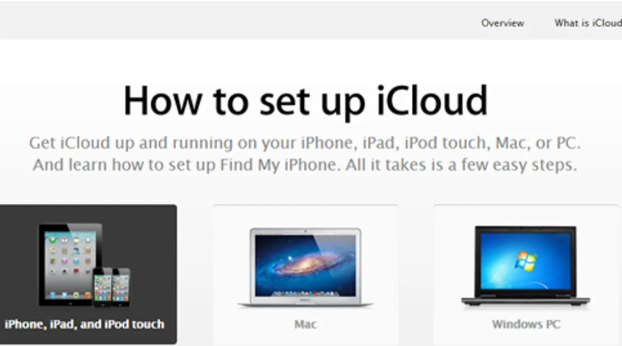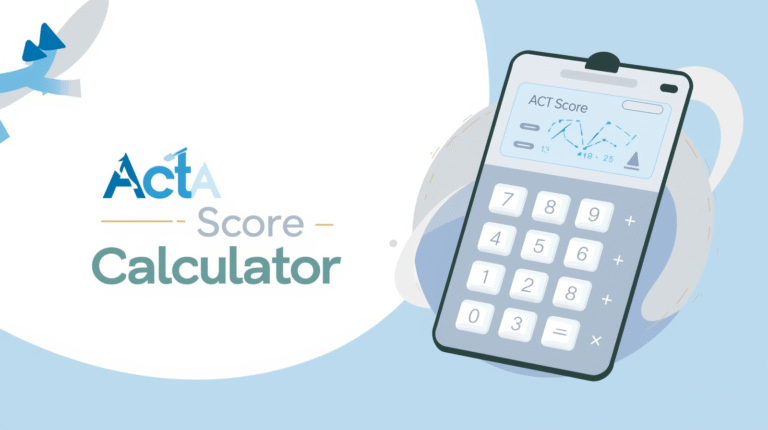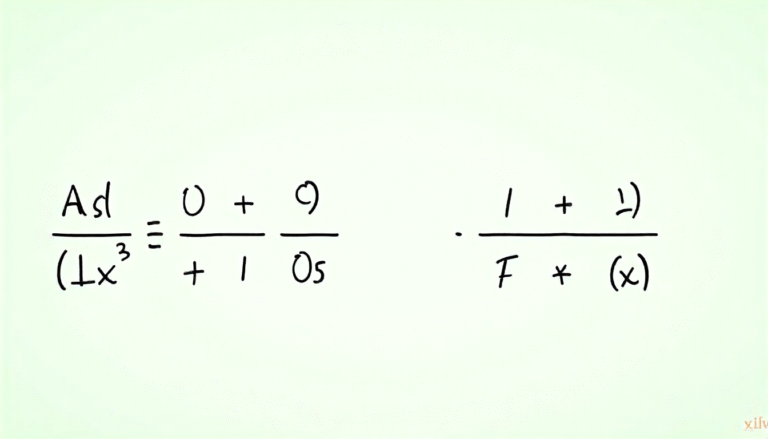
Fantasy football trade analyzer is a powerful tool that helps you make the best trades for your team. With so many players and matchups to consider, it can be really hard to know if a trade will help or hurt your season. A fantasy football trade analyzer looks at player stats, team needs, and potential points to give you clear advice. Instead of guessing or following gut feelings, you can make decisions based on real data. This tool can save you from making trades that seem good but actually harm your team in the long run. Every fantasy football manager wants to win, and using a trade analyzer gives you a big advantage over others who are just guessing.
Using a fantasy football trade analyzer is simple, but it can change your season completely. You enter the players you want to trade and the ones you might get, and the tool calculates how it will impact your team’s performance. It also considers things like injuries, bye weeks, and upcoming matchups, so you don’t end up with a weak lineup. For beginners, this makes trading less scary, and for experienced players, it can highlight opportunities they might have missed. By using this tool, you can spot fair trades, uncover hidden gems, and avoid trades that look good on paper but are actually risky. In short, a fantasy football trade analyzer makes your decisions smarter, faster, and safer, helping you stay competitive all season long.
Table of Contents
How a Fantasy Football Trade Analyzer Works: Step-by-Step Guide
A fantasy football trade analyzer works by looking at all the numbers that matter for your team. First, you select the players you want to trade and the players you might get. Then, the tool calculates the impact on your team’s total points. It checks player performance, consistency, upcoming games, and even injuries. Some analyzers also use advanced data like weather, opponent strength, or historical performance. After running these checks, the tool gives you a clear result: whether the trade helps, hurts, or is neutral for your team.
Most analyzers also give you a score or rating for each trade. This makes it easy to compare multiple trades at once. You don’t need to do complicated math or guess about players’ future performance. Everything is based on real numbers and smart predictions. For many fantasy football managers, this step-by-step guidance is what separates winners from losers.
Top Benefits of Using a Fantasy Football Trade Analyzer
- Better Decisions: No more guessing or following your gut. You can trade confidently.
- Save Time: Quickly see if a trade is good or bad instead of analyzing stats for hours.
- Spot Hidden Gems: Find players who are undervalued by others but perfect for your team.
- Avoid Risky Trades: Identify trades that look fair but could hurt your team in the long run.
- Plan Ahead: Consider upcoming bye weeks, injuries, and matchups to stay ahead.
Common Mistakes to Avoid When Using a Fantasy Football Trade Analyzer
Even the best tools have limits. Here are mistakes to watch for:
- Blindly trusting the tool: Always consider your league rules and scoring system.
- Ignoring your team needs: Sometimes a trade is good overall but doesn’t fix your weak spots.
- Focusing only on star players: Sometimes mid-tier players give more consistent points.
- Trading too often: Constant trading can backfire if you don’t plan carefully.
Real Examples: Trades Improved by a Fantasy Football Trade Analyzer
For example, let’s say you want to trade a top running back for two mid-level wide receivers. On paper, it might look like a fair trade. But when you input it into the fantasy football trade analyzer, it shows your points might drop for the next few weeks. The tool suggests a better trade that gives you a wide receiver plus a tight end, balancing your team and maximizing weekly points.
Other managers have avoided losing trades by checking with an analyzer before confirming. By seeing the numbers first, you can negotiate smarter deals and protect your team from mistakes.
Free vs Paid Fantasy Football Trade Analyzer Tools: Which Is Better
Free analyzers are great for beginners. They give basic trade advice and quick ratings. Paid versions often include more features like advanced stats, predictive modeling, and weekly updates. Paid tools are useful for serious managers who want every possible advantage.
You don’t always need to spend money, but investing in a reliable trade analyzer can pay off with better wins and higher league rankings. Choose a tool that fits your style and budget.
Tips to Maximize Accuracy with a Fantasy Football Trade Analyzer
- Update Player Status: Make sure the tool has the latest injury reports and news.
- Understand Scoring Rules: Some leagues give points differently for touchdowns, receptions, or yardage.
- Check Matchups: Even a good player can underperform against a strong defense.
- Use Multiple Tools: Comparing results from different analyzers can improve accuracy.
Using a Fantasy Football Trade Analyzer for Draft and Mid-Season Trades
A trade analyzer isn’t just for mid-season trades. It can also help during the draft. You can compare potential draft picks and see which players will have the most impact for your league’s scoring system. Mid-season, it helps identify which trades will fix weak spots or add depth. This keeps your team competitive all year, not just at one moment.
How Data and Stats Make Your Fantasy Football Trade Analyzer Smarter
The power of a trade analyzer comes from data. Player stats, team performance, opponent strength, and even historical trends are used to predict future points. Some tools use AI to spot trends that humans might miss. This is why managers who rely on data often outperform those who trade on hunches.
Avoid Losing Trades: Signs Your Analyzer Is Warning You
If your analyzer shows low scores or negative points for a trade, it’s usually a warning. Other signs include mismatched positions, injury risks, or upcoming tough matchups. Paying attention to these alerts can prevent costly mistakes and keep your team strong.
The Future of Fantasy Football Trade Analyzer: AI and Smart Predictions
The next generation of trade analyzers is using AI and machine learning. These tools can predict performance with more accuracy, suggest optimal trades automatically, and even help with draft strategy. AI analyzers are designed to give managers a competitive edge by learning from past seasons and ongoing performance trends.
Conclusion
A fantasy football trade analyzer is a must-have tool for anyone serious about winning their league. It simplifies trade decisions, highlights hidden opportunities, and reduces the risk of mistakes. By combining data, stats, and smart predictions, it gives you the confidence to make trades that truly improve your team. Whether you’re a beginner or an experienced manager, using a trade analyzer can make your season more successful, enjoyable, and competitive.
FAQs
Q1: What is a fantasy football trade analyzer?
A: It is a tool that evaluates trades by analyzing player stats, team needs, and potential points to help managers make smarter decisions.
Q2: Can a trade analyzer guarantee a win?
A: No tool can guarantee a win, but it helps reduce mistakes and improve your team’s chances.
Q3: Are free trade analyzers good enough?
A: Free tools are good for beginners, but paid versions offer more features and advanced predictions.







